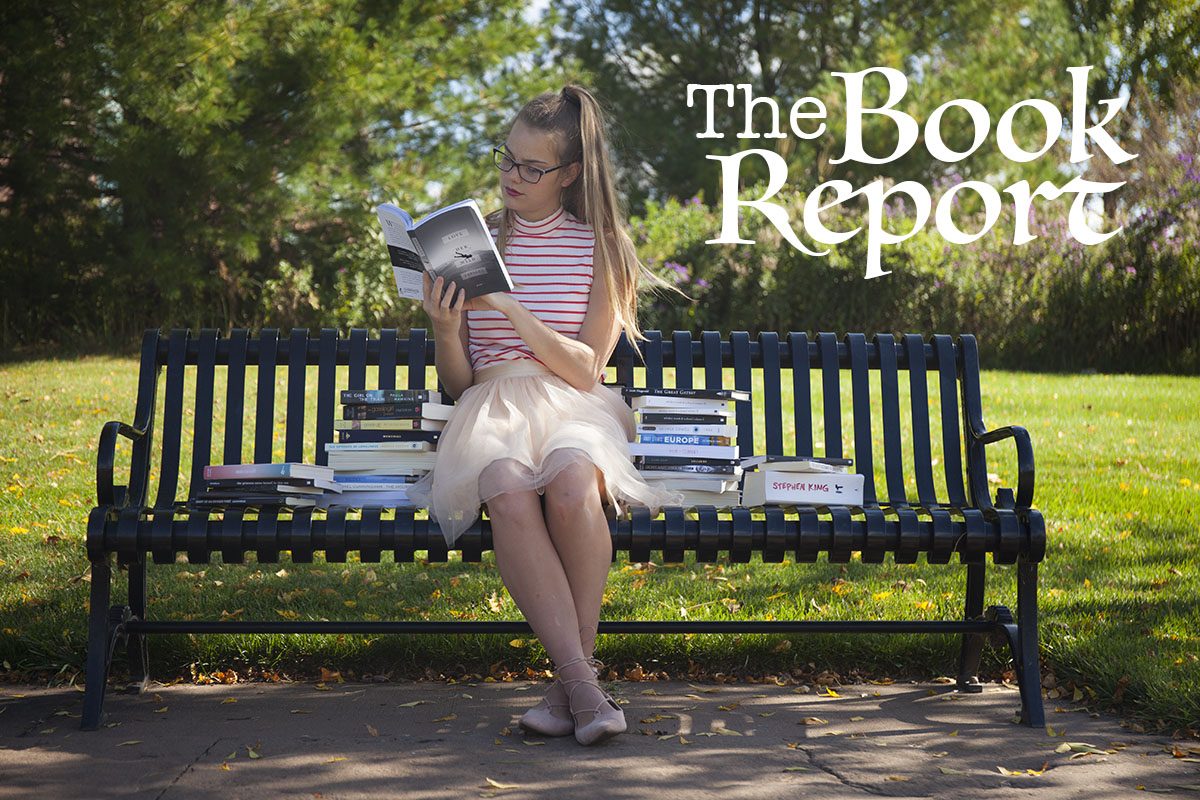The Book Report
‘Catcher in The Rye’ is a painful classic to read
More stories from Erica Jones
Thus far into my life, I’ve only ever hated one book. And when I say hate, I mean with a passion.
In my experience, the majority of the students who are forced to do required readings in high school have trouble connecting with the material. From “Great Gatsby” to “Pride and Prejudice,” there are some tough reads on the mandatory book list.
I enjoyed both the aforementioned novels. The one required reading I absolutely despised and still do to this day? “Catcher in The Rye” by J.D. Salinger.
From the beginning of the novel, readers learn about the narrator and main character, Holden Caulfield, who has just been expelled from his school (the most recent of four). With his false don’t-care attitude and a cigarette in hand, he tries to figure out what to do until he is to return home the following Wednesday.
In the time he has, Caulfield heads to New York where he stays in a hotel so he can avoid seeing his parents. He meets up with or talks to several different girls and women, some his age and others much older than him. He also uses this time for retrospection into his past, reminiscing on all the injustices in his life. At one point, he sneaks into his own apartment building and wakes his sister, Phoebe.
Caulfield’s love for his sister shines through everything else he hates like the sole ray of light in his otherwise disturbed life.
Originally written for adult audiences, this book has, over time, become more popular with the younger age groups, some reading for fun and others, like me, reading it because 20 percent of my sophomore year English grade depended on it.
Caulfield’s bad attitude leads him to feel isolated and rebellious, and that infuriates me.
The entire way through the book, readers get a direct line into Caulfield’s brain, and it is not a pretty place. He is insecure, hypocritical, judgemental and whiny, which makes it hard to read from his point of view. I forced my way through this book when I was 16 and couldn’t find a single line to relate to, and that’s saying something. At my angstiest, I thought Caulfield was annoying.
Throughout the novel, Caulfield uses the word “phony” 33 times, according to Shmoop, which accurately indicates how he feels about the world and the people around him. I wasn’t sure if I was supposed to empathize with or pity this character, but I did neither. Caulfield describes everyone else as a phony, but in reality, he is.
He lets his fear control him and lives in a way that suggests he’s putting on an act, telling the world he doesn’t care while showing otherwise. This I can understand, but Caulfield handles matters in his life so poorly, I lose any ability to relate.
While it’s beneficial for anyone to have this classic in their literary repertoire, for some, like me, it won’t be a pleasant read.
Readers on Goodreads have rated this book 3.8 out of 5 stars, while those on Amazon have given it a 4.1. I would have to enthusiastically disagree with both of these ratings, giving the novel a 2 at best for all the pain and suffering it caused me.
If you thought you were angsty in high school, read J.D. Salinger’s “Catcher in The Rye” so Caulfield can try to convince you he has it so much worse than not only you, but everyone.


